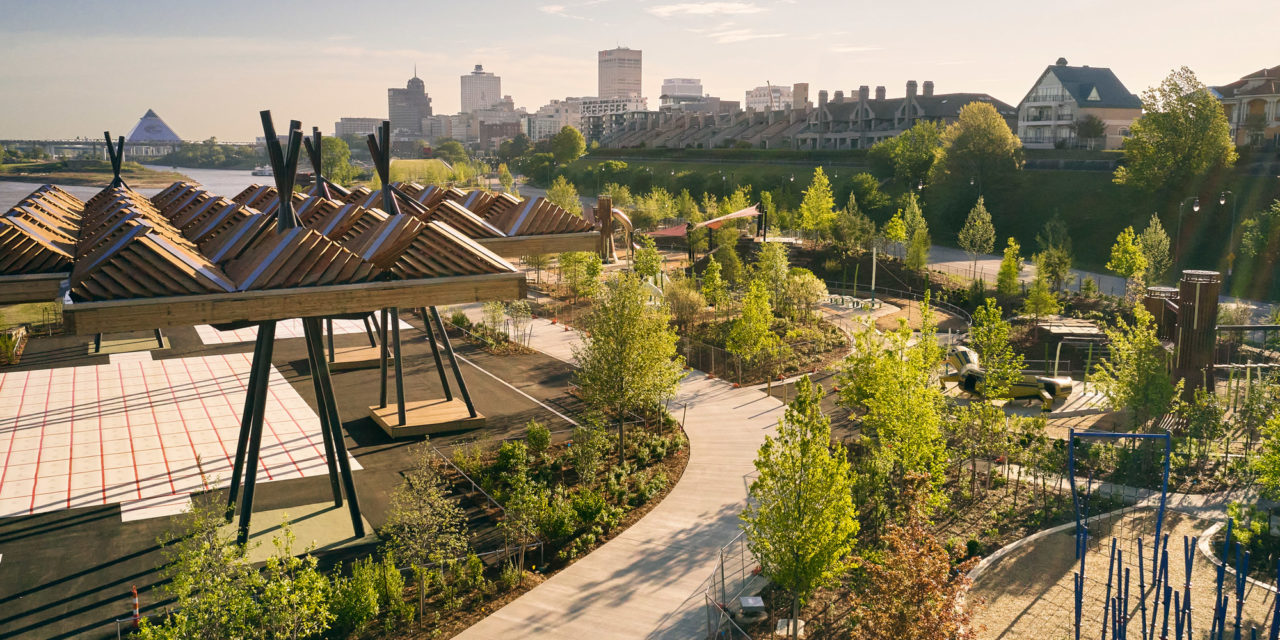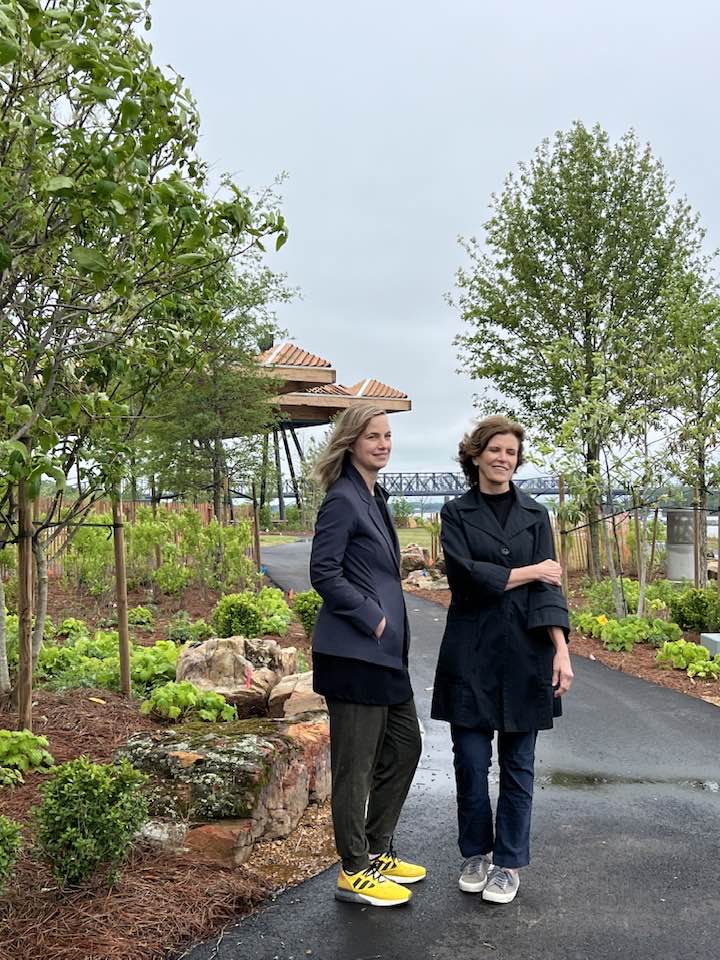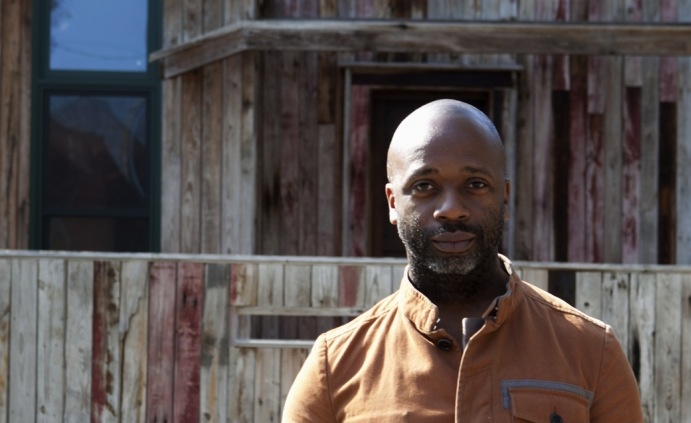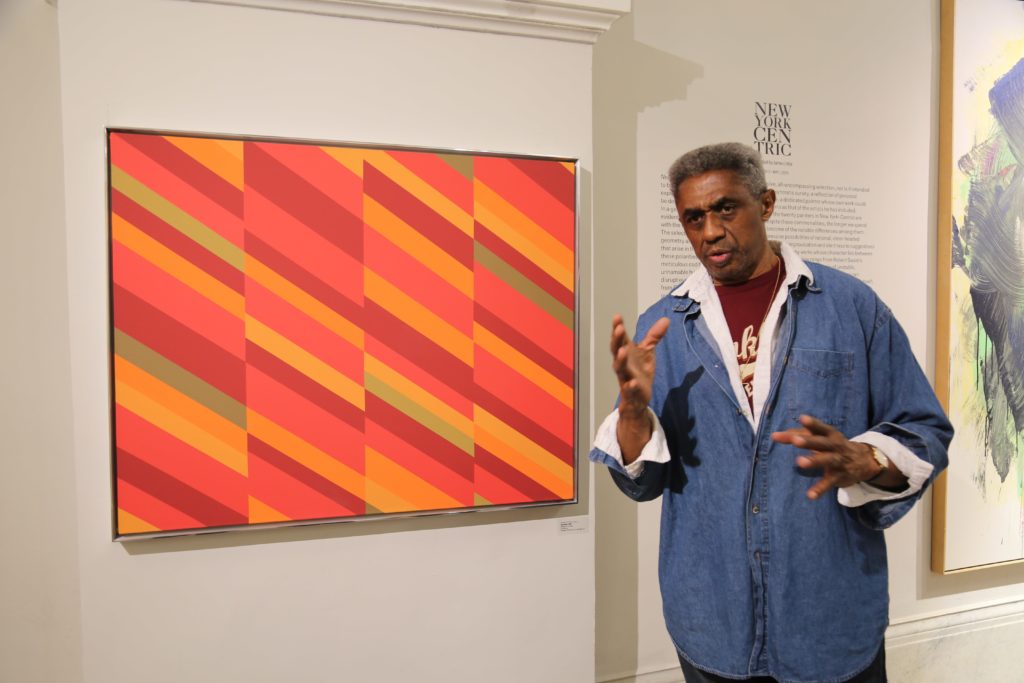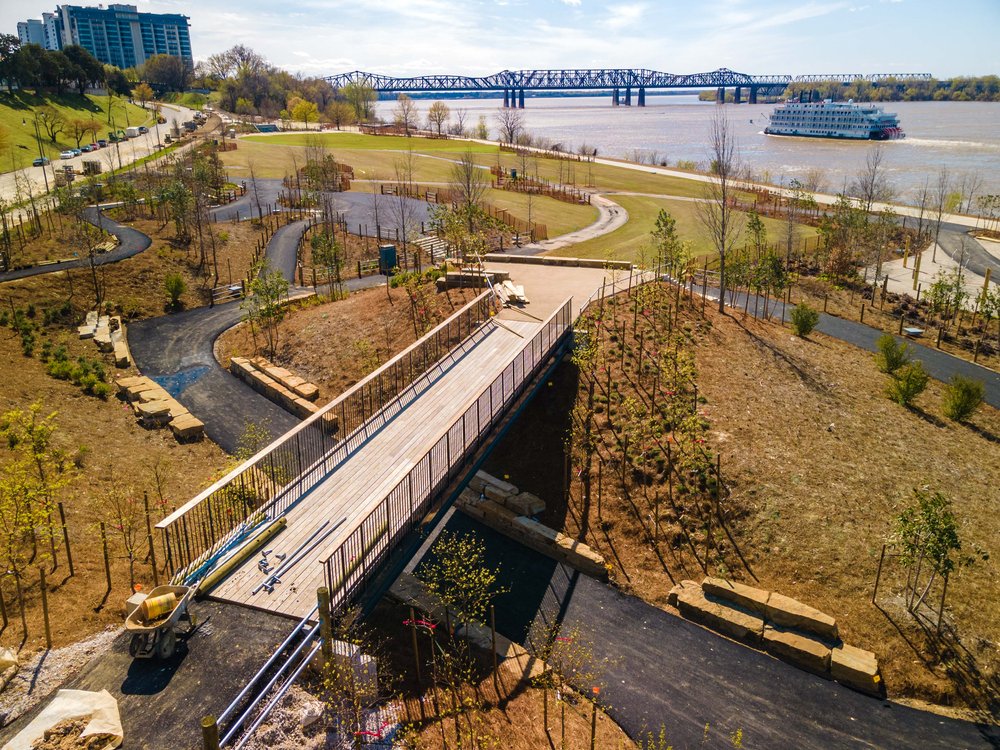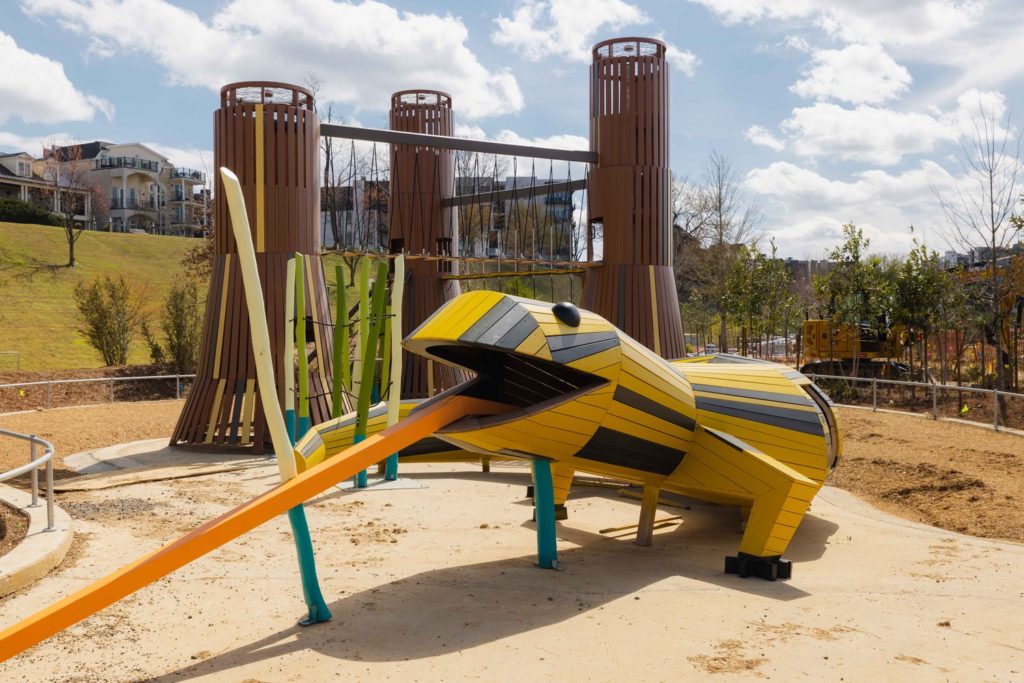We’re 19 days weeks away from an event I have dreamed of for 14 years, but that pales in comparison to Memphis’ 100-year dream of a spectacular park on its riverfront.
Finally, the special riverfront envisioned in dozens of studies and reports dating back to 1924 will be a reality.
Fourteen years ago when I first blogged and became an unabashed advocate for the 31 acres of Memphis’ most valuable and valued real estate to become a park rather than a pasture, I didn’t really expect that it would ever happen.
After all, at least two other times, moves for a real park there had fallen apart under pressure from Memphis in May. Once, it came apart after a leading Memphis architect accurately described the site as a moonscape in gathering support for an improved Tom Lee Park.
But it was not to be. As a result, the parks along a six-mile stretch of the riverfront remained unconnected and at its center was Tom Lee Park, a grim and inadequate tribute to a true Memphis hero, Tom Lee, an African American riverman who could not swim but kept 32 White Memphians from drowning in 1925 pulling them from the numbing waters of the Mississippi River into his small, wooden skiff.
With the grand opening, which promises to be different than any we’ve every seen, the new, nationally important riverfront park on Labor Day weekend, Tom Lee will once and for all time receive a tribute adequate to his courage and his heroism.
Aiming High
The reimagined park cost $61 million but that is a shallow factoid about this grand, new park. More to the point, no project in the modern history of Memphis is the result of this level of national talent – architects, landscape architects, artists, and poets — that has come together to turn Tom Lee Park into a distinctly Memphis park.
Already, the park’s design has received significant national publicity and that will undoubtedly increase once it opens, providing positive stories that Memphis needs badly today in the wake of several negative events that gripped national attention.
There is no question that Tom Lee Park will be one of America’s premier riverfront parks and be a significant part in rebranding Memphis nationally. It’s hard to think of one with its impressive pedigree.
It came from a commitment by Memphis River Parks Partnership to associate with best-in-class professionals: award-winning firms, Studio Gang and SCAPE, that designed the new Tom Lee Park; nationally known lighting designer, Randy Burkett Lighting Design, who developed the lighting; internationally honored artist Theaster Gates who a new tribute to Tom Lee; and James Little, famed abstract artist from Memphis who painted the floor of the Sunset Canopy dedicated to Tyre Nichols who was killed by Memphis police.
So, Who’s Involved
Let’s consider them in more detail to understand this incredible convergence of talent on the riverfront in Memphis.
Studio Gang has won dozens of design awards. Its founder, Jeanne Gang, is celebrated as one of the world’s best architects. Recently, she received glowing praise from the New York Times for her design of the $465 million Richard Gilder Center for Science, Education, and Innovation addition to New York’s historic American Museum of Natural History. She was also featured on CBS Sunday morning.
Her firm has won the Architezer A+ Firm of the Year Award and the National Design Award from Cooper Hewitt, Smithsonian Design Museum. One award was for Aqua, an 82-story building in Chicago which at the time was the tallest building in the U.S. designed by a
Kate Orff and Jeanne Gang, l-r
Woman but she surpassed it with the 101-story St. Regis Chicago, making her the architect for the two tallest buildings designed by a woman in the U.S. but also in the world.
Working as a partner with Studio Gang to design the new Tom Lee Park was landscape architect Kate Orff, founder of SCAPE, a design-driven landscape architecture and urban design studio. Just this year, TIME magazine named her as one of the 100 most influential people in the world in recognition of her role as a leading voice for new thinking in landscape architecture balancing climate change, equity, social change, and environmental sustainability. She has won numerous awards, including the Buckminster Fuller Challenge Winner, two national American Society of Landscape Architects awards, and several NY American Society of Landscape Architects Awards.
Both Ms. Gang and Ms. Orff are recipients of the prestigious MacArthur Foundation Fellows award, commonly known as “MacArthur Genius Grants.”
Another Best In Class
In keeping with getting the best talent to work in Tom Lee Park, the Memphis River Parks Partnership commissioned Mr. Burkett to design its lighting plan. His national portfolio includes the Martin Luther King, Jr., Memorial in Washington, D.C.; St. Louis Arch; Pulitzer Foundation for the Arts, St. Louis; Citygarden, St. Louis; Utah State Capitol, Beaden Park, Charlotte; and more. The firm has won multiple awards from the Illuminating Engineering Society.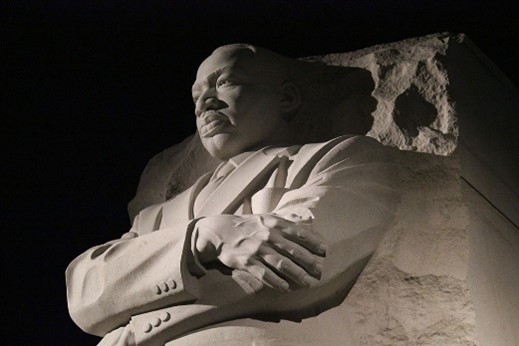
If there was any question about the importance of this park, the Mellon Foundation underscored that point when it selected it as one of the first five recipients of its grants for its Monuments Project. The program is aimed at creating monuments that better represent the diversity of the U.S., because as the foundation has pointed out, monuments across the U.S. are disproportionally White and do not represent the complexity of the American story.
Mellon Foundation commissioned Mr. Gates to produce a $1.4 million tribute to Tom Lee that encourages conversations, common ground, and a commitment to a better community. His installation, “A Monument to Listening,” is designed to spark self-reflection and conversations among park visitors.
Theaster Gates
Mr. Gates is the quintessential Renaissance man – potter, painter, sculptor, activist, musician, founder of a nonprofit organization focused on culture-driven neighborhood development in the South Side of Chicago and a partnership between the University of Chicago’s Arts + Public Life Initiative and the University of Chicago Harris School of Public Policy which brings together artists, policymakers, faculty, and students to design and implement new approaches to urban development.
He has mounted exhibitions in too many places to list but includes Tate London which called him “one of the world’s most influential living artists.” The New York Times arts critic wrote that Mr. Gates last exhibition was “elegiac” and that he speaks in “spiritual, even animistic terms. No matter the medium, Gates is motivated by a desire to connect Black people to their past and to one another.”
More Best-in-Class
Mr. Little brings another national artistic profile to Tom Lee Park. Born in Memphis and educated at the Memphis College of Art, he is known for his works of geometric abstraction which are often imbued with exuberant color. The New York Times called him the breakout star of last year’s Whitney Biennial.
The Times said his dynamic work featured three “geometrically patterned all-black works that held court with a mysterious luminosity and presence.” Based in New York City, Mr. Little is back in Memphis where he is painting the floor of the multi-purpose Sunset Canopy.
His work has been displayed in many prominent exhibitions and galleries. He is an instructor of the Art Students League of New York which has been influential in the development of American art.
Best in class also includes the president of Memphis River Parks Partnership, Carol Coletta, who returned to Memphis after working for three nationally prominent organizations where she pioneered innovative research into talent, livability, public spaces, and the potential of art as an economic driver. Her work at Memphis River Parks Partnership has made her a target for some people who believe the park should remain flat and undervalued so Memphis in May’s seven days a year of events could be easily staged and by others who believed the old undeveloped park was “good enough for Memphis.”
The success of the project by a dedicated board, small staff, ambassadors, and a cadre of tireless supporters puts the loud, negative comments from opponents in perspective – although it’s hard to excuse the most strident defamatory attacks which even included the stalking of a staff member and threats to other staffers. Some of the most laughable complainers called Ms. Coletta an elitist and even a carpetbagger, although her childhood in South Memphis is proudly mentioned in her speeches outside of the city, she became a resident in downtown in the grim days when its population was about 150, and most of her adult life, both personal and professional, was spent here.
Attacks on her experience and her expertise were put to the lie 10 days ago when Planetizen, the country’s leading planning-related news website and e-learning platform, named her as one of the 100 “most influential contemporary urbanists.” She was #32, climbing up from #66 in 2017 when the must-read site last compiled the list.
The most accurate context for public opinion about the vision of the River Parks Partnership came in a scientific poll: 90% of the public approved of the plans for Tom Lee Park; 92% of people approved who live in the four high-poverty zip codes adjacent to downtown; and only 3% of Memphians 18 to 44 years-old had negative opinions about its design.
A Bit Of History
Without question, it’s been a long, strange trip from the first call for a better riverfront until the September 2 grand opening this year.
In 1924, in Memphis’ first comprehensive plan, legendary urban planner Harland Bartholomew wrote something that could be applied to Tom Lee Park until the special riverfront steering committee was created in 2017 by Mayor Jim Strickland to develop the concept for a “world-class riverfront.”
Mr. Bartholomew wrote: “Today, the riverfront is not merely unattractive, but represents an unprofitable use of the property…With proper architectural design, attractive lighting, and the exercise of care in both public and private construction, this riverfront could be transformed into a picture of combined commercial and recreational activities truly representative of the city’s character and unsurpassed in attractiveness in any other city.”
His words were a reality check for the romantic mythology that the riverfront had always been a revered and valued place in Memphis.
And yet, in its heyday of steamboats and cotton, it was a place for heavy, noisy, and gritty commercial activities powered by enslaved laborers later trapped in the world of Jim Crow laws. The noisy hustle and bustle and the sights and smells of the riverfront were ignored by most of Memphis, and in the process, Memphis turned its back on the riverfront and faced eastward.
At the time of Mr. Bartholomew’s admonition, Riverside Drive was still six years from being built and a nascent idea of using the riverfront for more than a public dump was just emerging. Since 1879, the only productive use seen for the riverfront from Beale Street to the Frisco Bridge downstream was a landfill, where there was a mountain of cans, household waste, and rusting junk from the public and dump boats.
Because of the tons of trash building up below the bluffs, steamboat captains on the Mississippi River joked that they could smell Memphis before they could see it. That continued until a billion pounds of dirt and trash were removed for the building of Riverside Drive in the early 1930s.
While it may have taken 99 years, finally, Mr. Bartholomew’s vision of a great riverfront is finally coming into focus. Bumps along the way included more than two dozen studies since the 1970s that recommended for a better riverfront, recommendations that were largely ignored.
When I was a negotiator to bring the Grizzlies to Memphis and build FedExForum, that project was marked by emotional conflict with opponents, threats and insults, and even petitions and a lawsuit to stop it. And yet, within a couple of years of its opening, it was difficult to find anyone who said they were against it.
Once Tom Lee Park opens on Labor Day weekend it will be reminiscent of when FedExForum opened, and also when Shelby Farms Park and Greenline opened. People said, “I can’t believe I’m in Memphis.”
That’s the experience that will come at the new Tom Lee Park, which will exceed all expectations.
Best of all, it will become a new symbol for a new Memphis that has shaken off its low sense of self-worth and is leaning into equity and diversity for its future. It will send the message that Memphis has decided that it does in fact deserve the best and that our public realm can be competitive with any other city.
***
Join us at the Smart City Memphis Facebook page and on Instagram for daily articles, reports, and commentaries that are relevant to Memphis.

